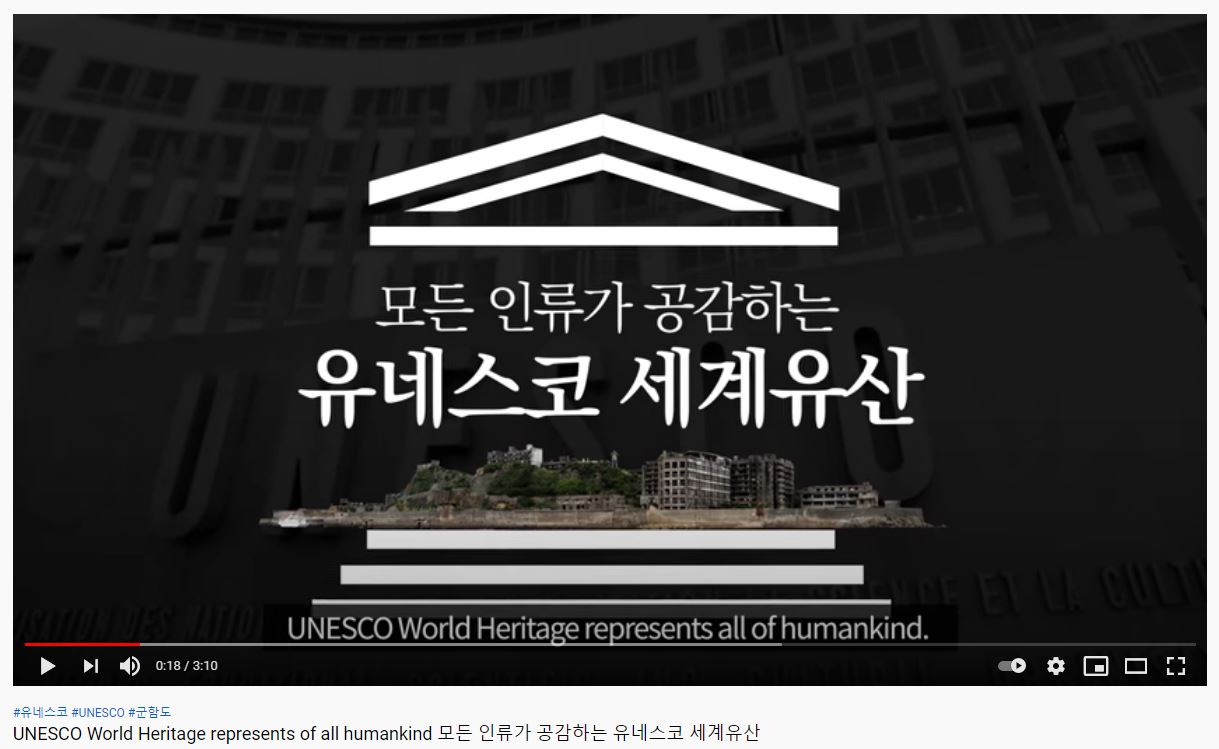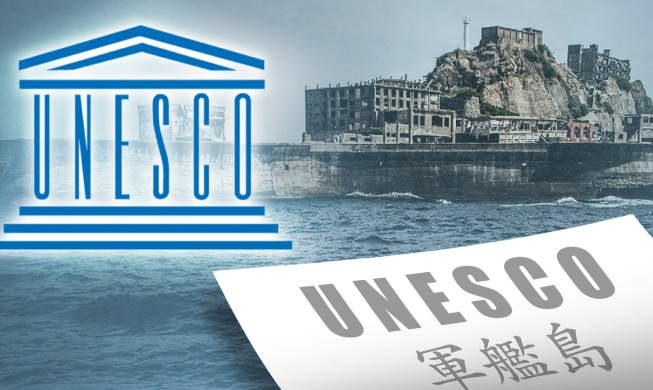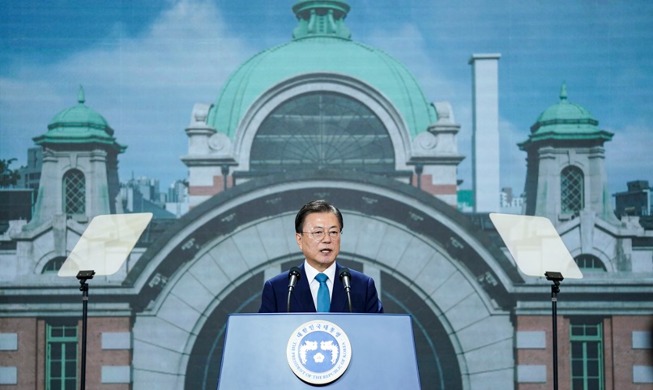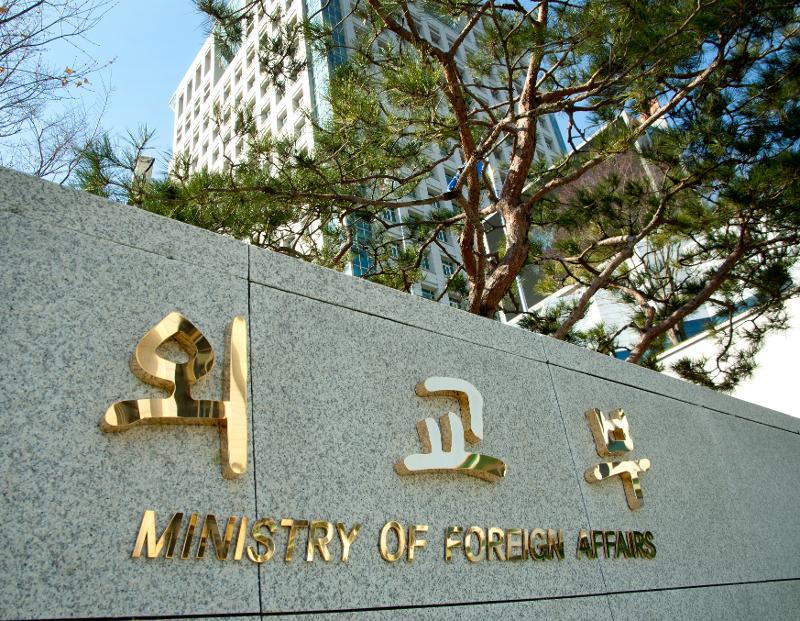
The government on Dec. 28 urged Japan to immediately retract its bid to have the Sado mine, where Koreans and POWs were forced to work during World War II, gain UNESCO World Heritage status. (Ministry of Foreign Affairs)
By Kim Eun-young and Yoon Sojung
The government has demanded that Japan immediately retract its bid to have the Sado mine, where Koreans were forced to work during the Japanese colonial period on the Korean Peninsula, for UNESCO World Heritage status.
Ministry of Foreign Affairs Spokesperson Choi Youngsam on Dec. 28 said in a commentary, "The Korean government finds it deeply deplorable that while the Japanese government has not fully implemented the World Heritage Committee's decisions and its own pledge concerning the 'Sites of Japan's Meiji Industrial Revolution,' Japan's Agency for Cultural Affairs has designated the 'Sado mine,' another site where Koreans were forced to work, as a candidate for inscription on the UNESCO World Heritage List."
To get the facilities of its Meiji Industrial Revolution, including Hashima (Battleship) Island, on the list of UNESCO World Heritage, the Japanese government in 2015 admitted to using Koreans and prisoners of war (POWs) as forced workers and pledged to build an information center to inform the world of this and honor the victims, but failed to keep its word. Thus the committee's decision at its 44th session in July expressed "strong regret" over Tokyo's failure to take follow-up measures as promised and urged improvement in its explanation of forced labor
"The Korean government will sternly respond with the international community including UNESCO to prevent sites where people were forced to work against their will from being inscribed as a World Heritage site without sufficient explanation of such historical facts," the spokesperson said.
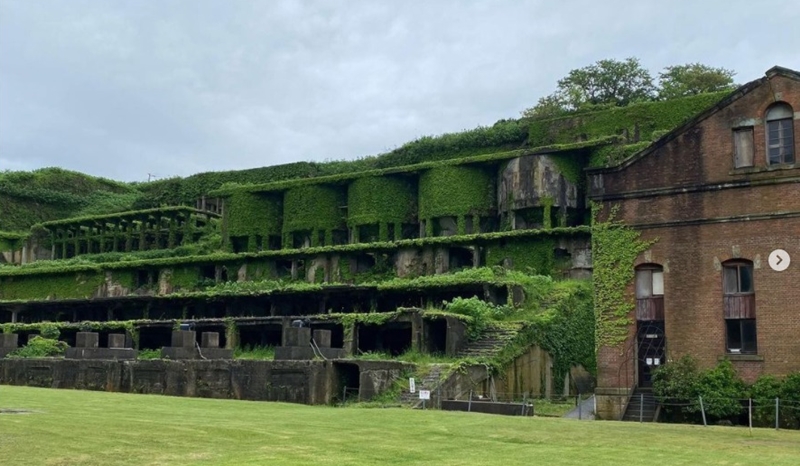
Japan forced Koreans and POWs to work at the Sado mine in the island nation's Niigata Prefecture during the Pacific theater (1931-45) of World War II. (Screen capture from mine's official homepage)
During the Pacific theater (1941-45) of World War II, approximately 1,200 Koreans were forced to work at the mine to dig for copper and steel to produce war materials.
Japan's Agency for Cultural Affairs on the same day selected the mine located in Niigata Prefecture as a candidate for UNESCO World Heritage. It will decide whether to submit an application to that end by Feb. 1, 2022.
Kyun Jongho, the ministry's director general for cultural affairs, later summoned Kazuo Chujo, director of the Public Information and Cultural Center at the Japanese Embassy in Seoul, to the ministry's headquarters in Seoul to lodge a complaint over the issue.
eykim86@korea.kr
